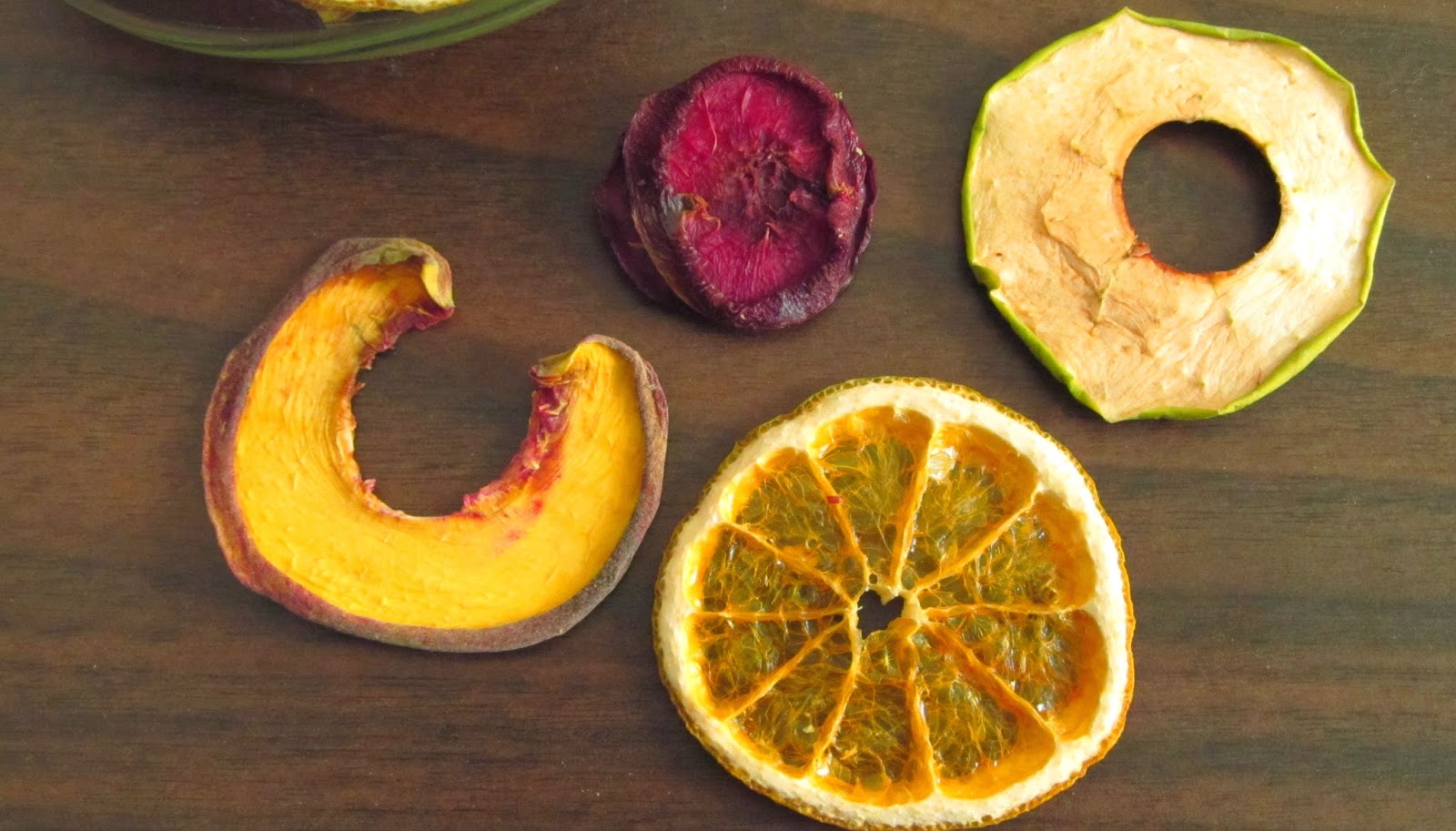It's been a long time since I've been this excited over a baking recipe.
A simple ingredient list and easy mixing by hand really makes this recipe appealing, and since I have a definite affinity for both cranberries and lemons, I was smitten with these from the first bite.
These muffins are bursting with bright lemon flavor thanks to a generous helping of fresh lemon zest, and every bite is kissed with tangy, fresh cranberries.
The coconut flour gives these an incredibly delicious, slightly nutty background flavor and adds to the overall sweetness of these. My latest favorite flour, it adds depth to any recipe it graces.
Slicing the cranberries in half takes some time, but don't let that deter you from making these muffins.
Trust me, they are worth it.
I used Pacific Northwest - grown cranberries, which, here in California, are definitely fresher than their Eastern counterparts. The recipe actually came from the bag; I adapted it, switching flours, and replacing margarine, milk, and refined sugar with less-processed ingredients.
The result is a moist, tender muffin that I can feel good about eating.
Try these with tea.
This recipe makes a very thick batter. I used an ice cream scoop to portion out the dough between 12 muffin cups.
Cranberry Lemon Muffins
_____________________________
2 cups fresh cranberries
1/2 cup almond milk
1 cup evaporated cane sugar
1/4 cup coconut oil, softened
1/4 tsp sea salt
2 eggs
Zest of one large lemon
1/2 tsp vanilla extract
2 cups spelt flour, minus 1/8 cup
1/8 cup coconut flour
2 tsp baking powder
Before you do anything, slice the cranberries in half, then set them aside.
Heat oven to 350 F.
In a large bowl, mix sugar, salt, oil, eggs, and milk. Zest the lemon over the bowl, add vanilla, and stir.
In a smaller bowl, whisk the flours and baking powder together.
Add to the wet ingredients and stir until smooth.
Fold in the sliced cranberries.
Divide batter evenly between 12 paper-lined muffin cups.
Bake 25 minutes, or until slightly golden at edges and a toothpick comes out clean from the center of the muffins.
Let cool and eat the same day for the freshest taste.
Recipe adapted from HBF International Northwest Fresh Cranberries.























































